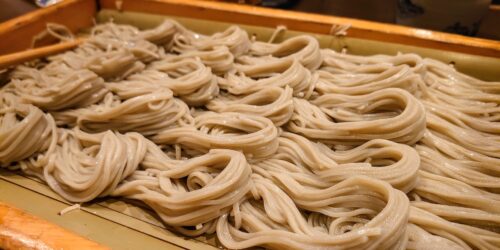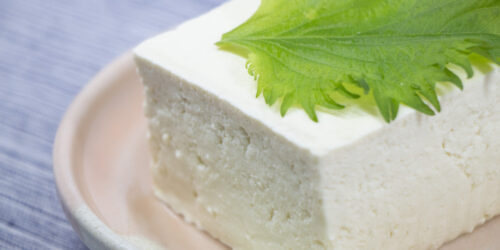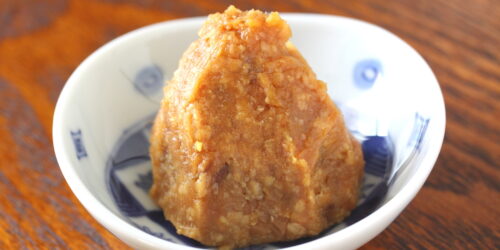4 Types of Coagulant for Tofu
Tofu is made by adding coagulant to soy milk.
The representative coagulant when making tofu is nigari, but there are several other types of coagulant. The flavor of the resulting tofu will differ depending on the coagulant used.
Here, I would like to introduce how do coagulants work for tofu, and other types of coagulant besides nigari.
Why Tofu Can Be Firmed Up with Coagulant?
Liquid soy milk gradually becomes solid tofu by adding a coagulant. It can solidify the protein components contained in soybeans.
The most important thing to firm up tofu correctly is the timing to add coagulant.
In fact, it’s very difficult to do it perfectly. If the temperature of soy milk is too high when adding coagulant, the tofu becomes too hard, while if the temperature is too low, it doesn’t harden well.
Nowadays, technology of tofu manufacturing equipment has improved, so temperature control is not so tough. In the old days, it was made by the intuition and experience of craftsmen.

Different Types of Coagulant for Tofu
There are 5 types of coagulants that can be used for firming up tofu, and designated by the Japanese Food Sanitation Law.
They are (1) magnesium chloride, (2) calcium chloride, (3) calcium sulphate, (4) gluconic acid, and (5) magnesium sulfate.
I would like to explain 4 commonly used coagulants out of the 5.
1. Magnesium Chloride (Nigari)
Magnesium chloride is the main component of nigari that can be taken from seawater. In other words, nigari is liquid produced when removing salt from seawater.
There are actually 2 types of nigari: one is seawater without salt, and the another is the liquid with extra components removed such as sodium chloride and potassium chloride. Both of them are sold as “nigari”.
Magnesium chloride is easily soluble in water, and it is characterized by a quick coagulation reaction of soy milk. Due to this characteristics, timing of adding nigari is very important and requires high skills.
Taste characteristics of using nigari is that it can bring out the sweetness of soybeans well.
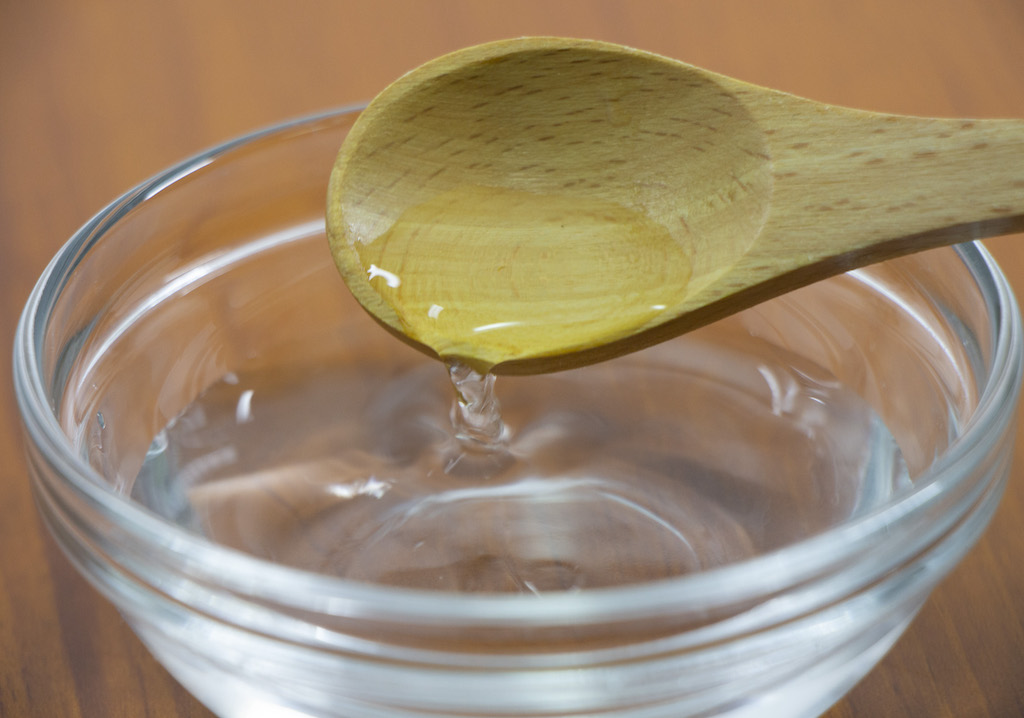
2. Calcium Chloride
Calcium chloride is also one of the main component contained in seawater.
However, it’s said that using calcium chloride as a coagulant makes the tofu taste bad. So, it’s often used when making processed goods such as abura-age and frozen tofu.
Calcium chloride is also easily soluble in water, and it has strong ability to solidify protein.
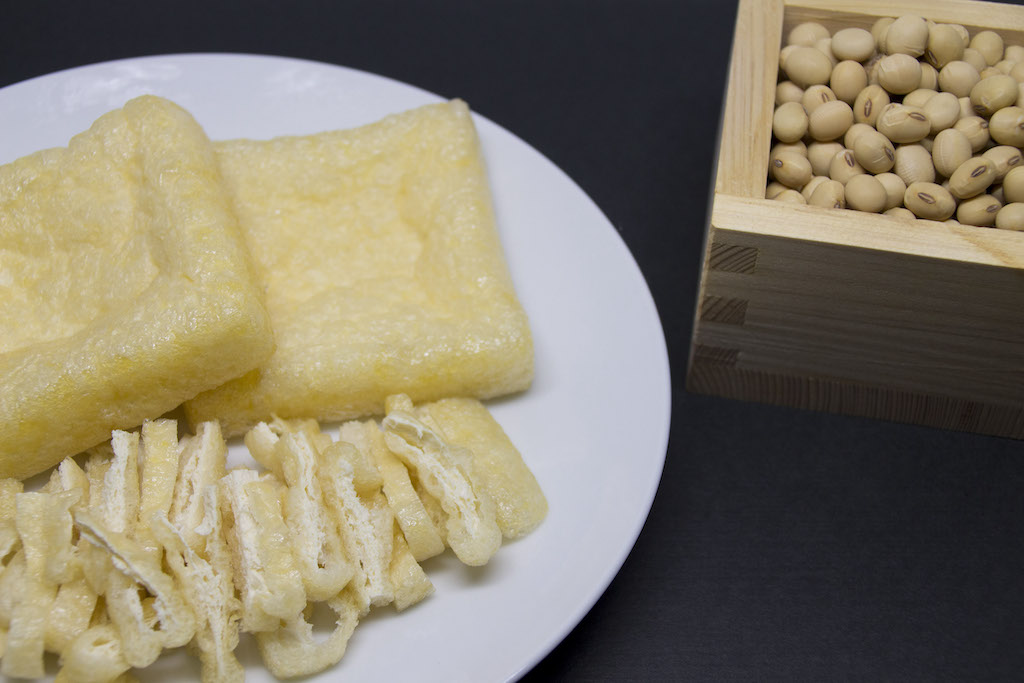
3. Calcium Sulphate
Calcium sulphate is difficult to dissolve in water, and has relatively weak ability to solidify protein. As it hardens slowly, you will have a fresh and smooth tofu.
Calcium sulphate is made of gypsum, but nowadays, many chemically synthesized products are on the market.
The reason why it has become popular is that it had spread all over Japan as a substitute for nigari during World War II. Nigari had procured as munitions during World War II since magnesium and bromine contained in nigari could be used to make war materials such as duralumin.
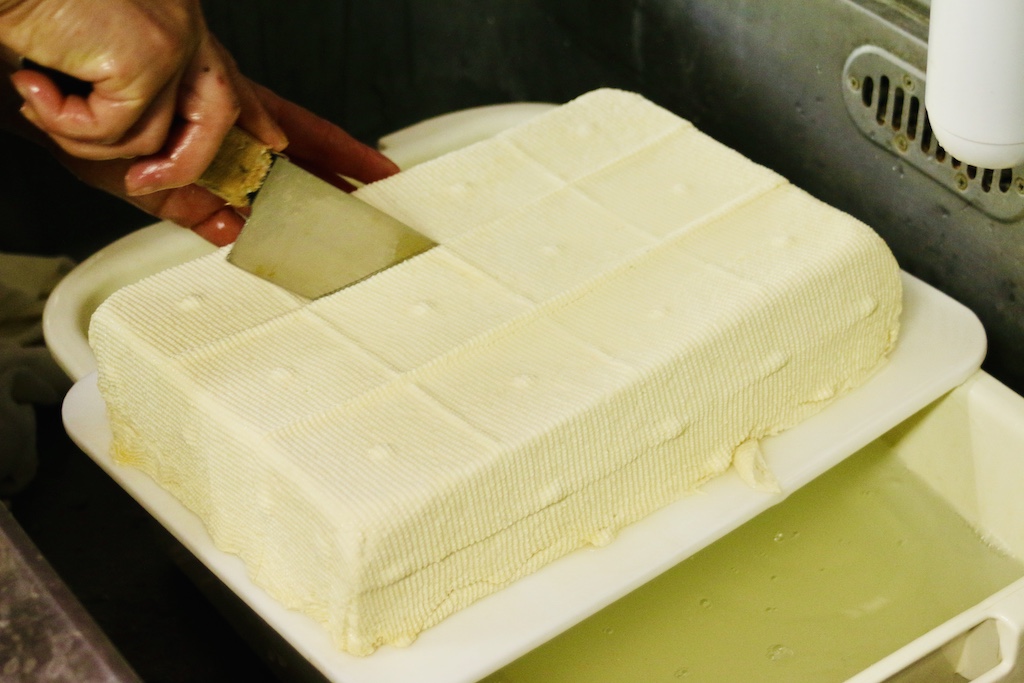
4. Gluconic Acid
Gluconic acid made from starch are uniformly soluble in water.
Tofu made with gluconic acid as a coagulant becomes smooth and nice, so it’s suitable for making silken tofu (kinugoshi-tofu).
The 3 coagulants I mentioned above actually develop “salt coagulation” which is a reaction of salts to bind to proteins, while this 4th coagulant, gluconic acid develops “acid coagulation”.
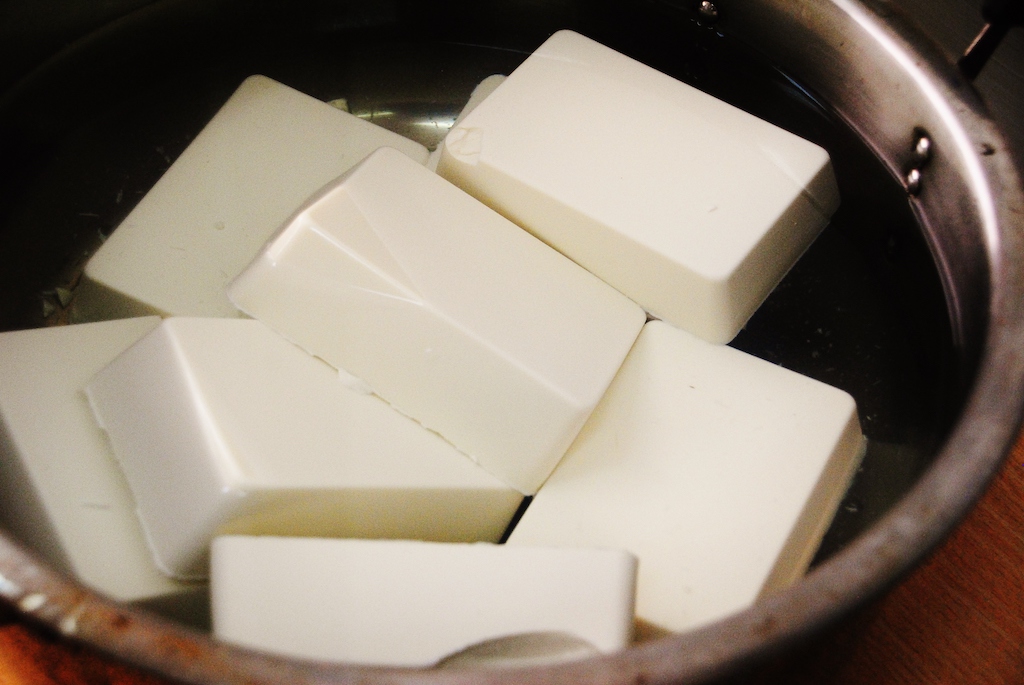
Conclusion
How was the information about the 4 coagulants that you can use when making tofu?
I believe using nigari (magnesium chloride) is a low risk choice for homemade tofu so that you can reproduce the taste of genuine style of Japanese tofu!
If you are interested in learning more about tofu, and soy food in Japan, please check below!
5 Types of Tofu and Their Uses
Top 21 Japanese Soybean Products

